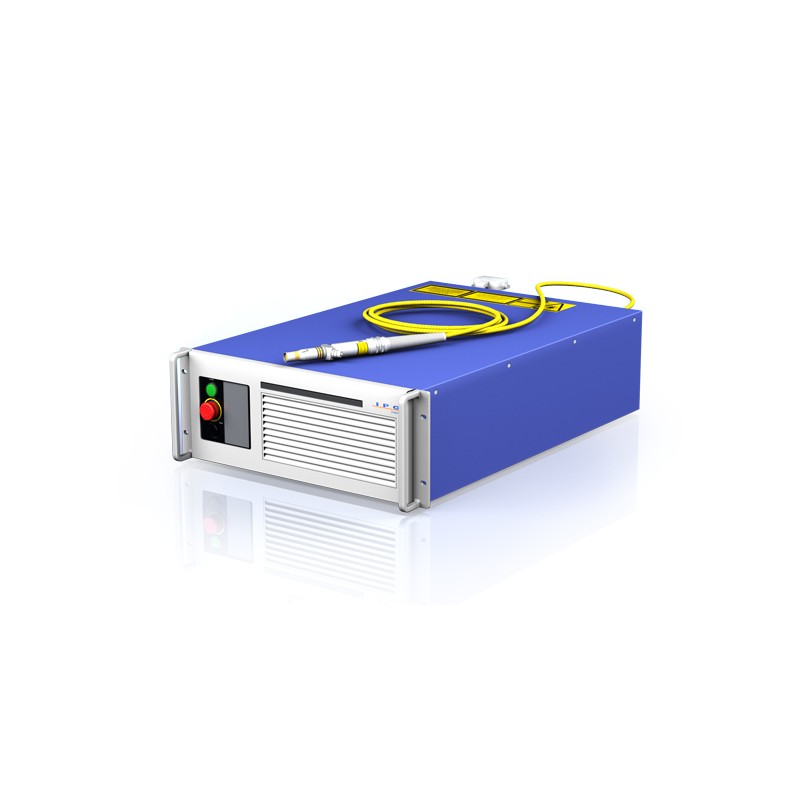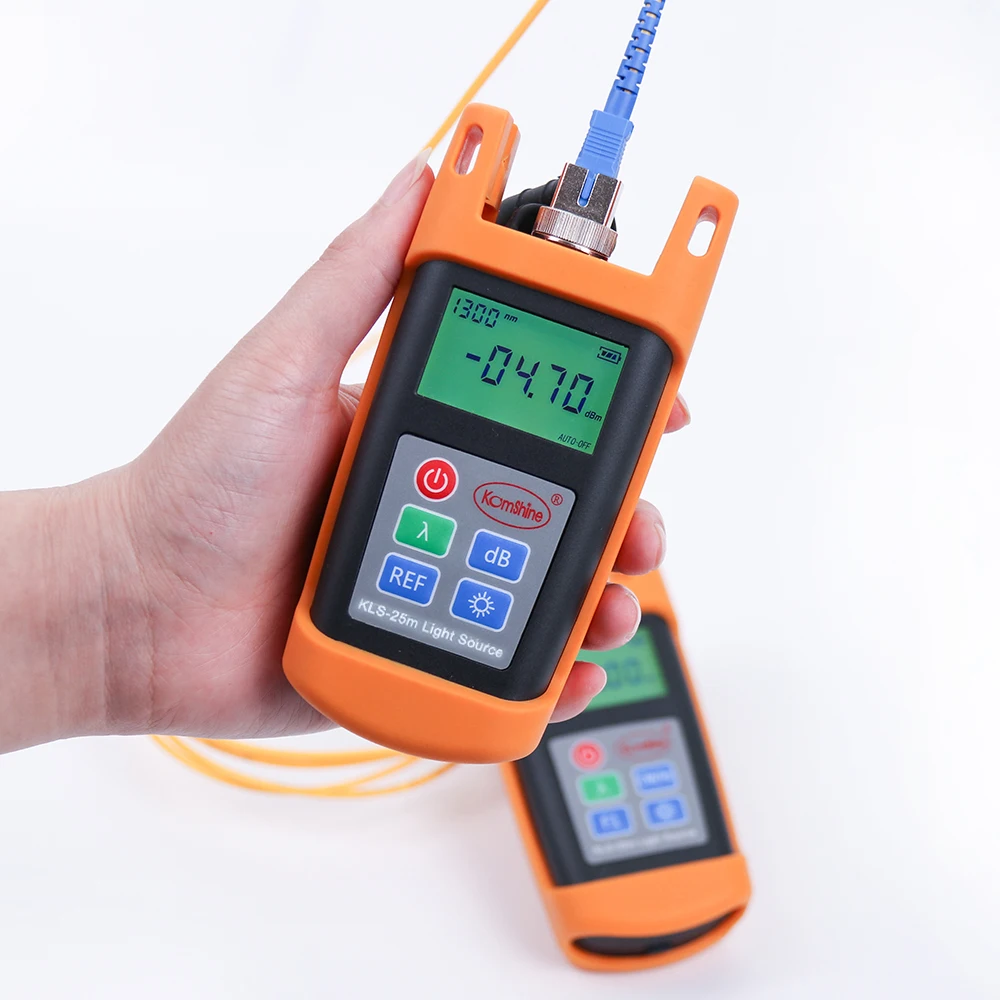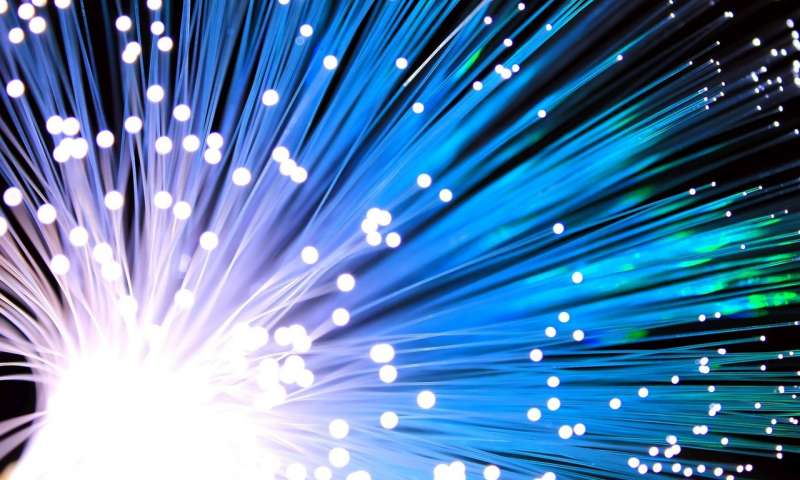


We recommend a disposable paper cup for all fiber scraps and other dangerous materials. So what are the real safety issues of dealing with fiber optics? The two major ones are: proper disposal of the glass shards created by cleaving the fiber or accidentally breaking it during termination and safe use of cleaning chemicals and adhesives during work with fibers.Īlways dispose of fiber scraps carefully. So don't look into fibers! Use a power meter to determine if power is present, especially if looking at the end of a connector with a microscope. And if the power is high enough to be a problem, the damage is most likely irreversible. Most fiber-optic networks use light invisible to the human eye, no matter what the power level. It's silly to look into a fiber when you don't know what is being transmitted through it. However, corneal damage is still possible if you get the fiber that close and keep it there for a long time! The liquid in your eye absorbs these levels of light heavily, preventing retinal damage. Most fiber optic systems also operate with light over 1,000nm wavelength. The expanding light from fiber also means the eye cannot focus it on the retina, further reducing the risk of damaging the retina. In fact, the exposure goes down by the square of the distance - twice as far means one-fourth as much exposure to the eye. The further the end of the fiber is away from the eye, the less the danger.

Untrained personnel are not going to be allowed within a city block of those networks!Īlso, the light comes out of fiber in an expanding cone, caused by various modes (e.g., rays of light) travelling in the fiber. Only a handful of very specialized cable access television (CATV) and telephone networks use lasers that are powerful enough to be harmful, and trained personnel are only allowed in these areas during scheduled maintenance periods. Instead of lasers, they use light-emitting diodes (LEDs) for sources that are thousands of times less powerful than medical lasers.

Most fiber optic systems have power levels too low to damage the human eye. Second, there are other dangers that you must be concerned with to install or use fiber optics safely. First, most fiber optic links pose no eye damage danger. This is the second most popular myth about fiber, and it is wrong on two counts. The effect is like a medical fiber optics gadget that burns warts off your finger or an endoscope used in laser surgery, right? If you look into the end of a fiber, the powerful laser signal transmitting through it will burn your eyeball.


 0 kommentar(er)
0 kommentar(er)
